A Polydactyly describes the existence of more than five fingers on one hand or more than five toes on one foot. Through an autosomal dominant inheritance, the affected person inherits this deformity from one of the parents. Polydactyly exists in various classifications and forms.
What is polydactyly?

© scio21 - stock.adobe.com
The term Polydactyly used in medicine to describe additional fingers or toes in the upper or lower extremities. The abnormality is present at birth and is therefore a congenital disease. This is caused by increased longitudinal segmentation during the embryonic phase. The extra toes and fingers can be different.
Both shape and size as well as the location can vary enormously. These can be very small and inoperable and only exist as skin flaps. A large addition usually has a complete bone structure and skeletal connections. Polydactyls are very common on both sides and mostly in the upper extremities. An anomaly on just one foot or one hand is less common, but it is also possible. The classification can be done according to localization.
On the hand side, a distinction is made between radial, ulnar and central:
- Radial when the extra finger is next to that of the thumb. So in this case it is a doubling of the thumb.
- Ulnar if it is present next to the little finger.
- Centrally between the second to fourth fingers.
Polydactyly can occur in both humans and animals.
causes
In most cases, polydactyly is caused by an autosomal dominant inheritance. Various mutations can be passed on to the child and manipulate the control of expression of a gene. The variety of mutations is responsible for the different locations and shapes. During the embryonic development in the mother's womb, the embryo's hands are initially shaped like a paddle. Only after the sixth week of pregnancy does the surface of the paddle split into separate fingers.
This process is possible with the help of apoptosis, the programmed death of body cells. The unnecessary cells between the fingers are therefore driven to self-destruct. Irregularities during this phase can form a polydactyly. This anatomical abnormality occurs when two fingers are split off from one finger. The mother's old age or elevated testosterone levels during pregnancy increase the risk.
Alternatively, polydactyly can be one of the many accompanying symptoms of various syndromes. This is often observed in the Ellis-van-Crevelt syndrome, Bardet-Biedl syndrome, Carpenter syndrome and Down syndrome. As with trisomy 13 and 18.
Symptoms, ailments & signs
Since toes or fingers are in abundance in polydactyly, the foot or hand is common. A widespread forefoot can be problematic when purchasing footwear. Difficulties in locomotion and maintaining body balance may also arise. This can eventually lead to back and hip discomfort.
Additional structures can cause spatial constraints and axial deviations in the footwell. Centrally located polydactyls are particularly affected by this problem. If there is not enough space between the adjacent toes and fingers, imprints and excessive sweat can occur. Possible consequences on the feet are corns, fungal infections, calluses, blisters and unpleasant foot sweat odor.
If the additional structure is particularly large and affects the entire tissue, it can form severe bone deformations. Like Hallux Varus or Hallux Valgus. In addition, those affected complain of aesthetic complaints. Polydactyly is extremely noticeable and appears strange. The deformity can also be extremely pronounced.
Diagnosis & course of disease
If the foot or hand is affected by a giant growth, the polydactyly can be easily detected with the naked eye. In this case the clinical findings are very clear. Minimal training, height and shape can be diagnosed using an X-ray image. With sonography, polydactyly can be identified as early as the fourteenth week of pregnancy.
Complications
Polydactyly sufferers have extra fingers or extra toes on their feet. As a rule, polydactyly does not pose any particular health risk, so that the patient's life expectancy is usually not negatively affected by the disease. However, it can lead to various complaints and restrictions in the everyday life of the patient, so that usual activities can no longer be carried out easily.
In addition to the extra fingers or toes, the patients also suffer from problems with their hips or back. This can lead to restrictions in movement. Polydactyly also leads to excessive sweat production and furthermore to unpleasant smells or fungal infections. The patient's quality of life is therefore significantly reduced by this disease.
Without treatment, deformations of the bones also appear, which are usually associated with pain. The extra toes or fingers can be removed using surgical procedures. There are no complications. Other complaints can also be limited and alleviated with various therapies.
When should you go to the doctor?
Polydactyly should always be assessed by a doctor. This disease does not self-heal. The complaints significantly limit the life of the person affected, so that treatment can significantly increase the quality of life. See a doctor for this condition if the person has an excessive number of toes or fingers. The extra toes or fingers can appear either on both limbs or only on one of the limbs and make life difficult.
The doctor should also be consulted with this disease if the polydactyly leads to a strong secretion of sweat or if blisters and corns form on the limbs. A psychologist can also be consulted in the event of psychological complaints due to restricted aesthetics, as bullying and teasing can occur, especially with children. Polydactyly can be diagnosed by a general practitioner or by a pediatrician. Further treatment is usually carried out surgically without complications. The life expectancy of the patient is also not negatively affected by this disease.
Therapy & Treatment
Surgical treatment can be performed to improve aesthetics and function. The extra fingers and toe are removed. Many more corrections are required and will ensure the comfort and usability of the hand or foot. Movable skin tags are usually tied off shortly after birth and fall off. With a doubling of the thumb, operations from the eighth month of life are ideal.
However, movement restrictions and instability of the joints often follow. In some cases, a nail deformity arises. The result often depends on the severity of the anomaly. The larger the deformity, the sooner a correction is required. Central polydactyly is treated surgically in the first or second year of life. This avoids contracture and deviation. A postoperative unfavorable vascular distribution can lead to circulatory disorders with subsequent necrosis.
The result is usually very bad with many subsequent corrections. If the parents of the affected child decide against surgical treatment, the appropriate orthopedic footwear must be made from the beginning of the running age. The foot must have enough space to counteract skin diseases and other bone deformations. Special shoe insoles will most likely also be required.
prevention
Since polydactyly is an autosomal dominant inherited disease, there are no preventive measures. If a parent is affected by this anatomical peculiarity, the offspring has a 50 percent risk of inheriting it as well. However, the structure can be determined from the fourteenth week of pregnancy using an ultrasound.
Aftercare
In most cases, people with polydactyly do not have any special or direct follow-up measures available. Those affected should ideally consult a doctor at an early stage so that there are no further complications or restrictions in everyday life. The disease itself does not always have to be treated.
In most cases, patients are dependent on a surgical procedure, which can alleviate the symptoms. The affected person should definitely rest after such an operation and take care of his body. Here you should refrain from exertion or other stressful and physical activities in order not to unnecessarily burden the body.
If polydactyly occurs on the feet, special shoes and insoles can also be used to counteract the symptoms. Regular checks and examinations by a doctor are also very important. In children, parents should recognize the signs and symptoms of polydactyly early and then seek medical advice. Further follow-up measures are usually not available to the patient and are not necessary.
You can do that yourself
Polydactyly does not necessarily require medical treatment. The most important self-help measure is not to subject the affected limb to any further stress. This can be achieved, for example, by wearing a special bandage that fixes the excess limbs.
After an operation, the affected hand should first be spared. Physiotherapy and physiotherapy support recovery by optimizing the mobility of the remaining fingers. Polydactyly is not a serious condition and therefore does not require any further measures. After the excess limbs have been surgically removed, most of the patients are symptom-free. Nevertheless, the affected hand or foot should be observed. If there is inflammation or other unusual symptoms, the doctor should be informed.
If the visual flaw has a negative effect on the mental state, the doctor must be informed. Usually a psychological discussion with a therapist is enough to overcome the uncertainty. If you have severe polydactyly, where seven or more fingers or toes appear on one hand or foot, additional medical measures may be required. The patient should contact the orthopedic surgeon responsible and talk to them about suitable self-help measures such as exercise or muscle relaxation.


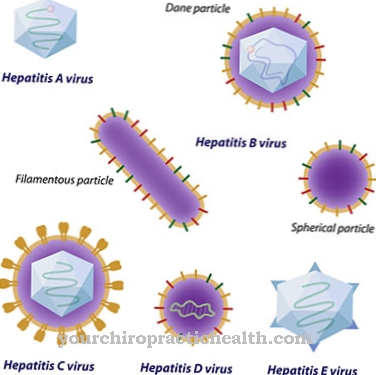
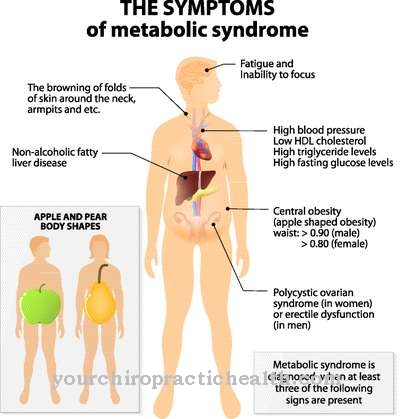
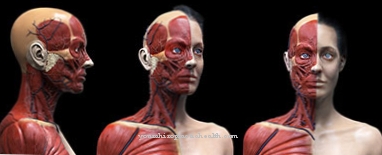
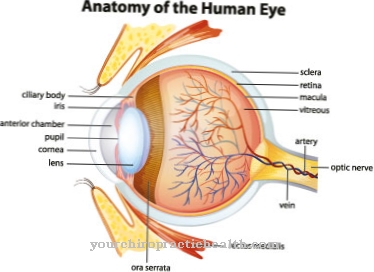
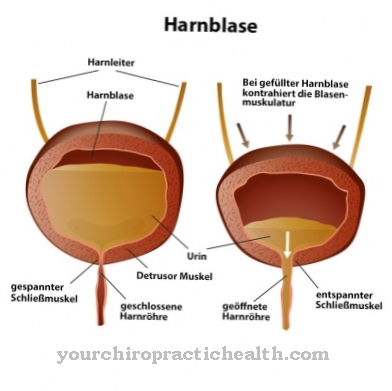





.jpg)



.jpg)










.jpg)
